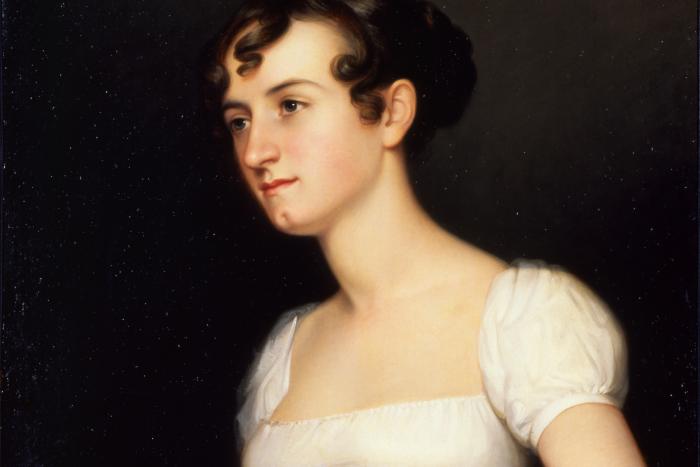
“Keep Within Compass”: Geographies of Girlhood in the American South, 1783-1865
The experience of girlhood in early national and antebellum America was both circumscribed and liberated by geography. Spaces defined who American girls were expected to be. Spaces, too, allowed girls to redefine themselves and to defend themselves against irksome expectations. Looking backward, the geographies of girlhood can be read as evidence of lives both intimate and public.
While the “Southern Belle” occupies an outsized position in the popular imagination of the American past, does this caricature reflect actual lived experiences and identities? In her dissertation research Emily Wells, PhD candidate at the College of William & Mary, aims to find out. By investigating and recreating the geographies of girlhood in the American South, as defined by the legal practice of chattel slavery, among upper class white families, Wells seeks to go beyond the Scarlet O’Hara archetype to understand how girls defined themselves and understood their worlds. Wells suggests that before the Civil War, girls in the American South identified more strongly with their local, class, and extended family than with the South per se.
In support of her research Wells received finding from the Center for the History of Business, Technology, and Society at the Hagley Museum and Library.
The audio only version of this program is available on our podcast.
